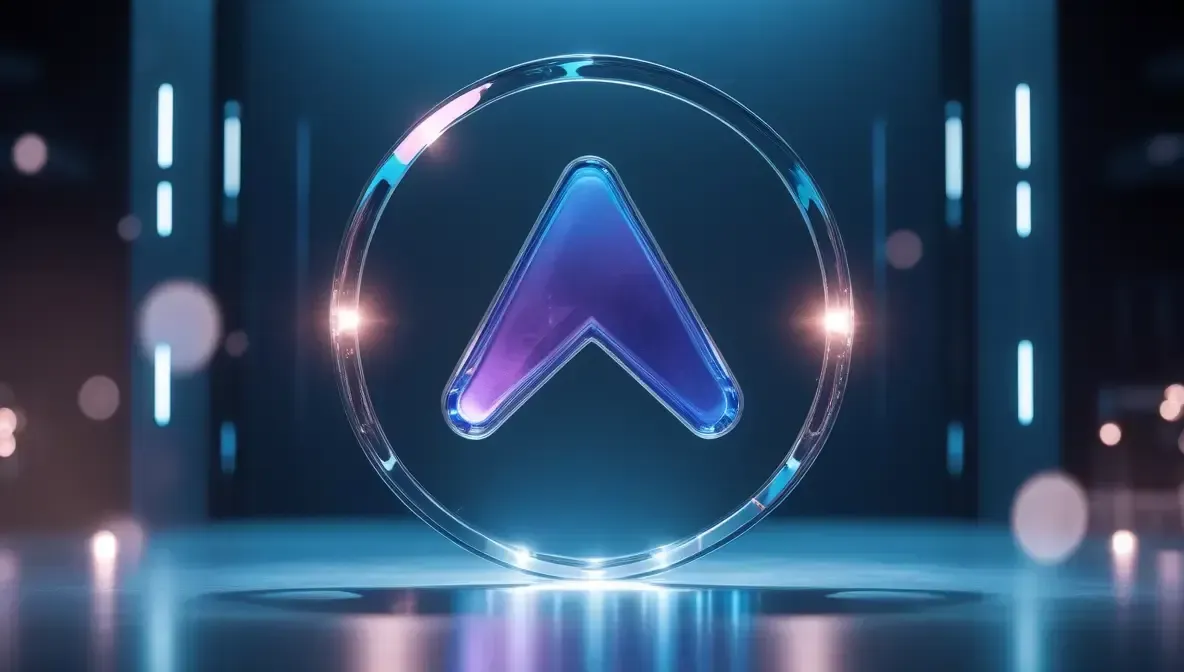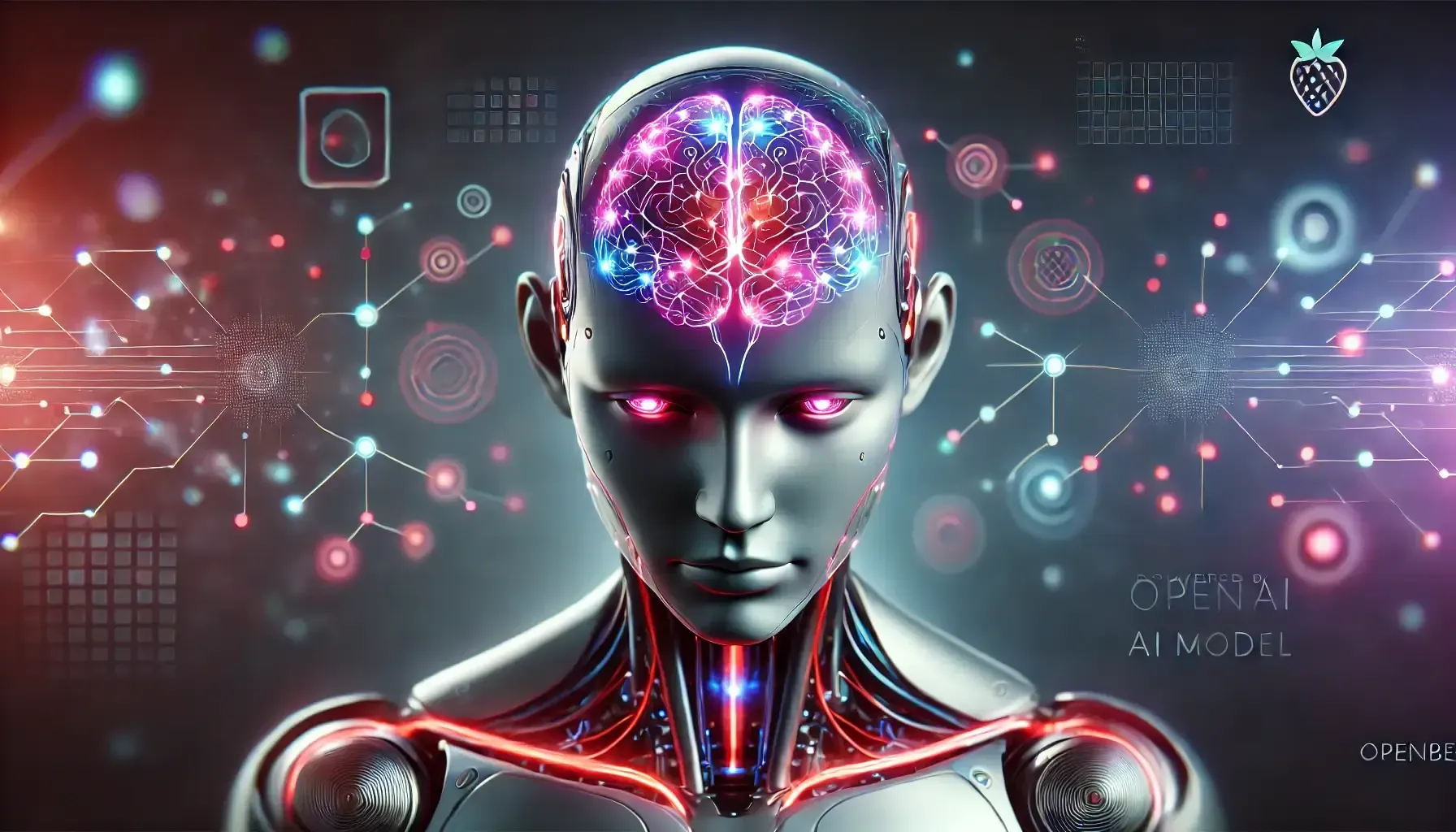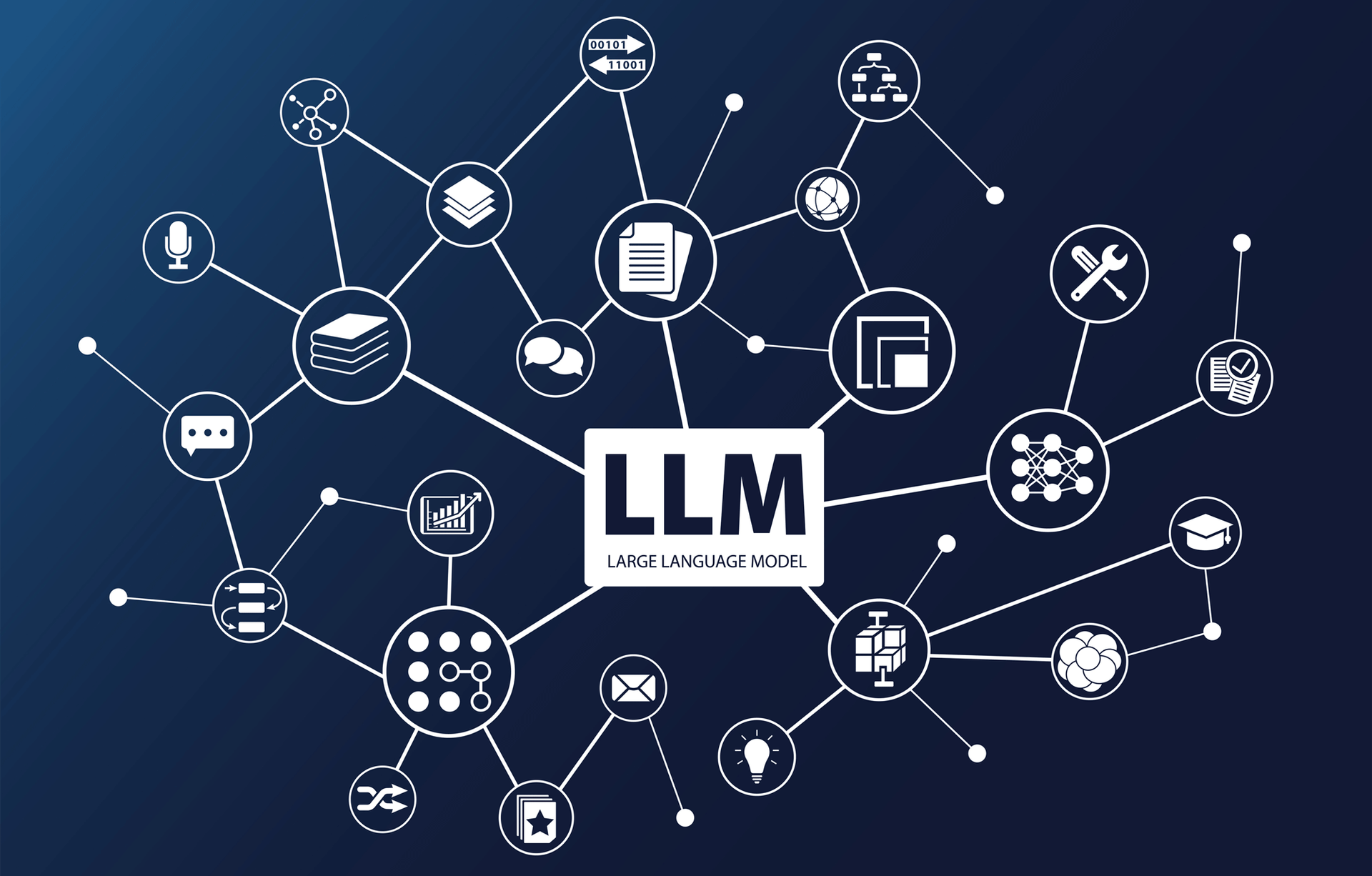Automation vs GenAI vs Agentic AI

Not All AI Is Equal: Why Choosing Between Automation, GenAI, and Agentic AI Matters More Than Ever
By the AI Strategy Team at Matrix AI Consulting.
In our experience working with leadership teams across multiple sectors—from financial services to civil construction and tourism—the most expensive AI mistake businesses make is simple: confusing different types of AI capabilities and investing in the wrong one.
There’s no shortage of hype in the market. But while everyone’s talking about ChatGPT or “intelligent agents,” few decision-makers are asking the most important question:
What type of intelligence does our business actually need to solve this problem?
We believe the difference between automation, generative AI (GenAI), and agentic AI is not just academic—it’s strategic and commercial. Understanding these differences is critical to avoid misaligned projects, wasted investment, and tools that don’t scale.
Listen to the debate below
Why the Distinction Matters
We’ve seen firsthand how organisations fall into three common traps:
- Deploying GenAI for repetitive tasks better served by automation.
- Investing in agentic AI before foundational data systems or guardrails are in place.
- Using automation to solve complex, adaptive challenges—resulting in bottlenecks or workarounds.
The confusion is understandable. AI is evolving rapidly, and vendors are quick to brand any system with logic as “AI.” But from our perspective, clarity on these three categories is the single most important factor in building a successful
AI roadmap.
Automation, GenAI, Agentic AI—In Plain Terms
Here’s how we guide clients through the distinction:
1. Automation: Efficiency at Scale
What it does: Executes repetitive, rules-based tasks with speed and consistency. Think logic trees, structured workflows, and predictable outcomes.
When to use it: You know the rules, the outcomes, and the exceptions.
Example use cases:
- Auto-routing service tickets to the correct team
- Extracting invoice data from PDFs
- Approving reimbursements based on pre-set criteria
- Tool types: RPA platforms like UiPath; workflow engines like Power Automate
- Our view: Automation is the entry point to intelligent operations. It’s reliable, scalable, and a great first step for businesses wanting to reduce cost and free up human time.
2. Generative AI (GenAI): Augmenting Knowledge Work
What it does: Generates new content—text, code, images, even strategy documents—based on patterns learned from massive datasets.
When to use it: You need to draft, summarise, or create something that typically requires a skilled human.
Example use cases:
- Drafting internal communications or customer emails
- Summarising research reports or meeting notes
- Generating legal clauses or marketing copy
- Tools: ChatGPT, Copilot, Jasper, DALL·E, Adobe Firefly
- Our view: GenAI is a force multiplier for content-heavy functions. But it’s not magic. It needs human prompts, judgment, and oversight. It doesn’t “know” your business—it reflects the data it was trained on.
3. Agentic AI: Autonomy with Intelligence
What it does: Performs complex, multi-step tasks across systems—without needing step-by-step prompts. Agentic AI plans, acts, and adapts to achieve a goal.
When to use it: You want an AI assistant that learns from outcomes and acts on your behalf across different tools or channels.
Example use cases:
- AI assistants that handle end-to-end recruitment campaigns
- Personalised sales agents that run outreach, follow up, and book meetings
- Supply chain monitors that proactively reroute shipments based on real-time data
- Tools: AutoGPT, LangChain frameworks, Rewind, Personal AI
- Our view: This is where AI gets truly powerful—but also risky. Agentic AI requires robust governance, test environments, and a clear operational objective. It’s not for businesses just starting their AI journey.
A Real-World Example: Transforming Recruitment
We recently advised a national firm looking to modernise their recruitment process. Like many others, they were exploring generative AI to “streamline hiring.” We proposed a structured approach, combining all three AI layers—each playing a specific role:
| Capability | Application | Impact |
|---|---|---|
| Automation | CV filtering, interview scheduling | Reduced admin time by 65% |
| GenAI | Job ad creation, candidate communications | 3x faster campaign launches |
| Agentic AI | AI agent managing multichannel candidate flow | 28% increase in high-quality applicants |
Instead of chasing a single “AI silver bullet,” the organisation now runs a modular, scalable hiring engine—designed to evolve as new capabilities mature.
The Commercial Imperative: ROI Depends on Fit
According to McKinsey’s 2023 Global AI Survey, 55% of companies now use AI in at least one business function. But only 23% of executives say their AI efforts have led to significant bottom-line impact [1].
We believe the gap lies in misalignment—deploying intelligence that’s either overengineered or underpowered for the task at hand.
Similarly, IBM’s 2024 Efficiency Benchmark found that organisations using a blend of automation, GenAI, and agentic AI outperformed single-tech adopters by 35% in operational ROI [2]. The key? Choosing the right mix for the right maturity stage.
Our Recommendation: Begin with the Outcome in Mind
When we advise clients on AI strategy, we use a simple litmus test: “If the outcome is known and repeatable—automate it. If it’s creative or interpretive—use GenAI. If it’s multi-step, adaptive, and cross-system—consider agentic AI.”
This approach helps ensure your AI stack reflects your business, not just the tech trends.
Before You Invest: Ask an AI Consultant These 5 Questions
- Are we solving a process problem or a thinking problem?
- Do we need speed, scale, creativity, or autonomy?
- What data and tools do we already have in place?
- Is our team ready to own and govern the solution?
- Will this solution still serve us 12–24 months from now?
Too many businesses start with a tool and work backward. At Matrix AI, we help clients start with purpose, process, and people—then choose the right tool to match.
Invest smarter. Scale with clarity. Work better.
We’re not here to sell hype. We’re here to help New Zealand and Australian businesses build long-term value through practical, future-proof AI solutions. Whether you're automating tasks, exploring GenAI for productivity, or testing agentic tools for the next leap—the smartest investment you can make is in clarity.
Before you spend time or budget on the wrong AI solution, book a conversation with our team using the contact us button below.
References
[1] McKinsey & Company. (2023). The State of AI in 2023: Generative AI’s breakout year. https://www.mckinsey.com
[2] IBM Institute for Business Value. (2024). AI and Automation: The 2024 Efficiency Benchmark Report.
https://www.ibm.com
AI BLOG










